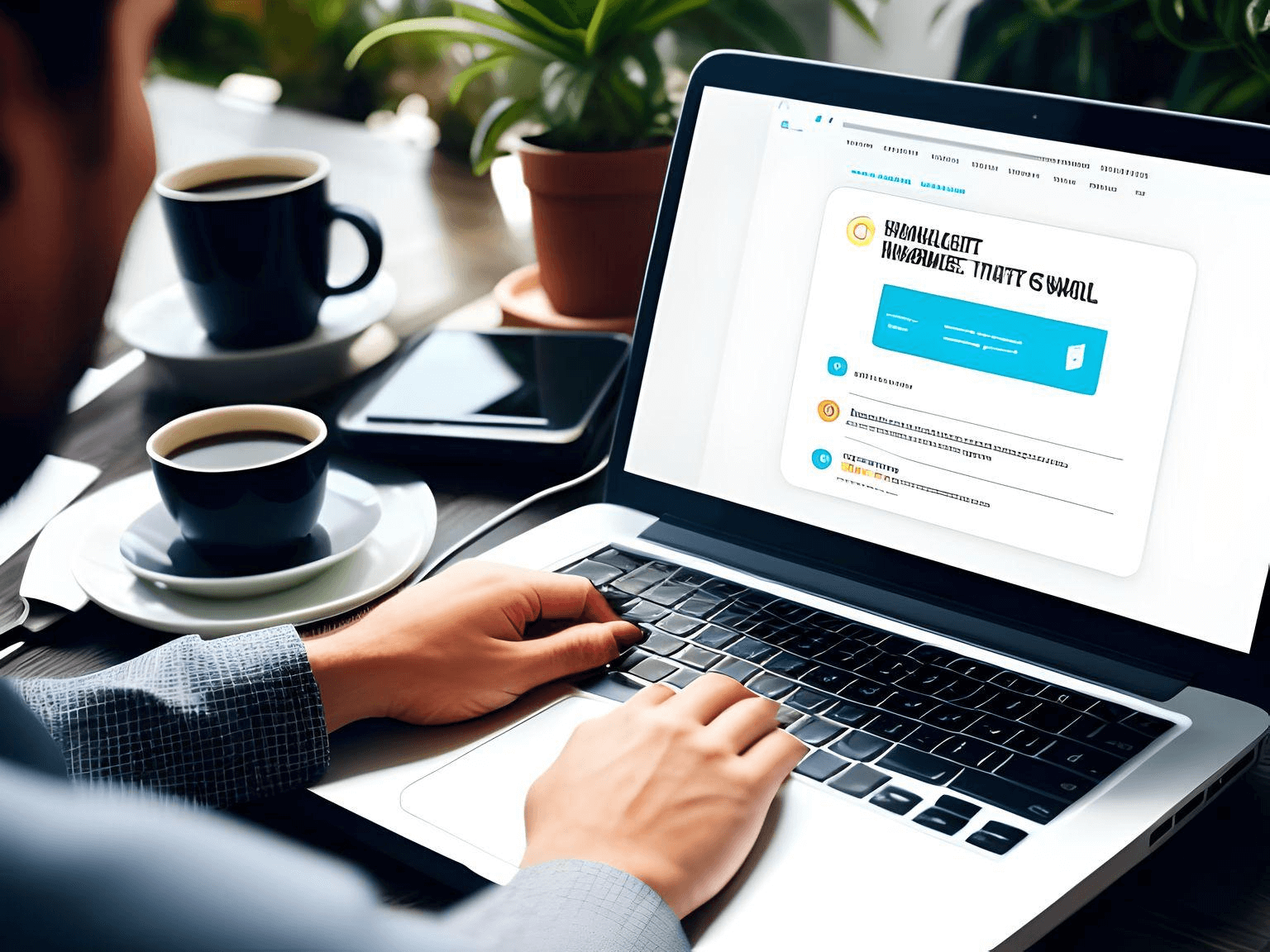
The advancement of technology and changing digital landscape are paving the way for innovative and novel ways of reaching a global audience. As companies plan to reach out to the global consumer through digital and social media marketing, It’s difficult to deny the importance of multimedia localization and translation.
Multimedia is considered among the most powerful and effective ways of interacting with a global audience. Recent digitalization has compelled many companies to rely on enterprise translation management systems and agencies to localize their multimedia content. Moreover, statistics reveal that multimedia content is much more engaging than simple text. Not surprisingly, marketers across the world agree that videos produce more conversions than any other type of content.
Here are some best practices that companies can adopt to localize their multimedia content for a global audience.
Best Practices for Multimedia Localization
- Assess your multimedia thoroughly
Before you start the localization process, you need to assess your content’s adaptability. This includes inspecting your videos to judge whether they are suitable for localization or not. There’s a possibility that much of the multimedia content that you want to localize for a global audience may simply not be culturally appropriate or relevant for the target audience. Likewise, the content in the videos may be of a technical nature, which can be very hard to understand for many viewers.
Unless you are a professional video localization expert and work with a top localization management platform, it is advisable not to localize multimedia content containing:
- Images or videos of people in a professional or personal setting can somehow offend or alienate your target audience in a new market
- Icons or animations that do not function in another language and are not universally used. This type of multimedia content can fail to convey your message across cultures.
- Pay attention to terminology
Terminology management is a basic component of communication across different languages and cultures. This is the reason why you need to focus on terminology management while localizing your multimedia content. Before handing over your multimedia content to translation agencies, decide on the basic terms as well as the complex words. Get your terminology straight by deciding which elements in your multimedia content will stay the same and which ones will need to be translated. Prepare a list of key terms relevant to your product/ service. Additionally, specify how they are used in the target language of your choice. Here, it might be appropriate to create a translation glossaries that contains the most important words as well as their localized versions. In addition, get all the product-related and technical terms approved by reviewers at agencies that use robust translation business management system before using them in your content.
- Don’t assume that the same multimedia will be used for all locales
When you localize multimedia content for a global audience, it’s imperative to make sure that the content is well-adapted. Don’t make the mistake of assuming that the same multimedia content will be appropriate for all the locales and regions. This is because there are many different post-production services available for your multimedia content. These services may have varying prices. Likewise, your business may have a different ROI for each region, and you may have different budget allocations for each market. Always remember that the requirements for localized multimedia content are different across all industries. For instance, you can use subtitles for instructional videos in the technical industry. On the other hand, voice dubbing may be the best option for the games industry.
- Opt for suitable cloud platform
In multimedia marketing, one thing that attracts a wide audience is real-time communication. The communication with the service provider is possible only when a suitable cloud platform is available. Here, you can get the localized and translated versions of your multimedia content in real-time. Cloud storage allows your multimedia to be stored across multiple platforms and devices, which increases its accessibility and usage even more.
In addition, it is much easier to work with a localization company if you can view the translation of your content through a cloud-storage platform. This will allow you to make edits and get reactions to the content immediately. However, there may be a risk of information getting leaked. Be sure to discuss this concern with your chosen localization partner right away.
- Choose the best localization agency
Finally, the choice of your multimedia localization partner decides whether your company makes a mark in the global market or not. Be sure to do thorough research for professional and expert localization agencies. For choosing the best localization partner, consider the following criteria:
- The number of languages that the agency translates into
- The number of years and the experience that it holds in delivering multimedia localization projects
- Number and skills of linguists and translators that the agency has
- Testimonials regarding the quality of multimedia-translated projects by other companies
- Portfolio of past projects that the company has executed
- Translation management systems and processes that the agency employs to localize its projects for international companies
Conclusion
Multimedia localization and translation are essential instruments of communication with an international audience. It is true that customers trust a company that speaks the same language as them. However, localizing that content may be a tough task. A high-quality, professional, and culturally-relevant multimedia localization is the key to ensuring your company establishes itself firmly in the minds of the global customer